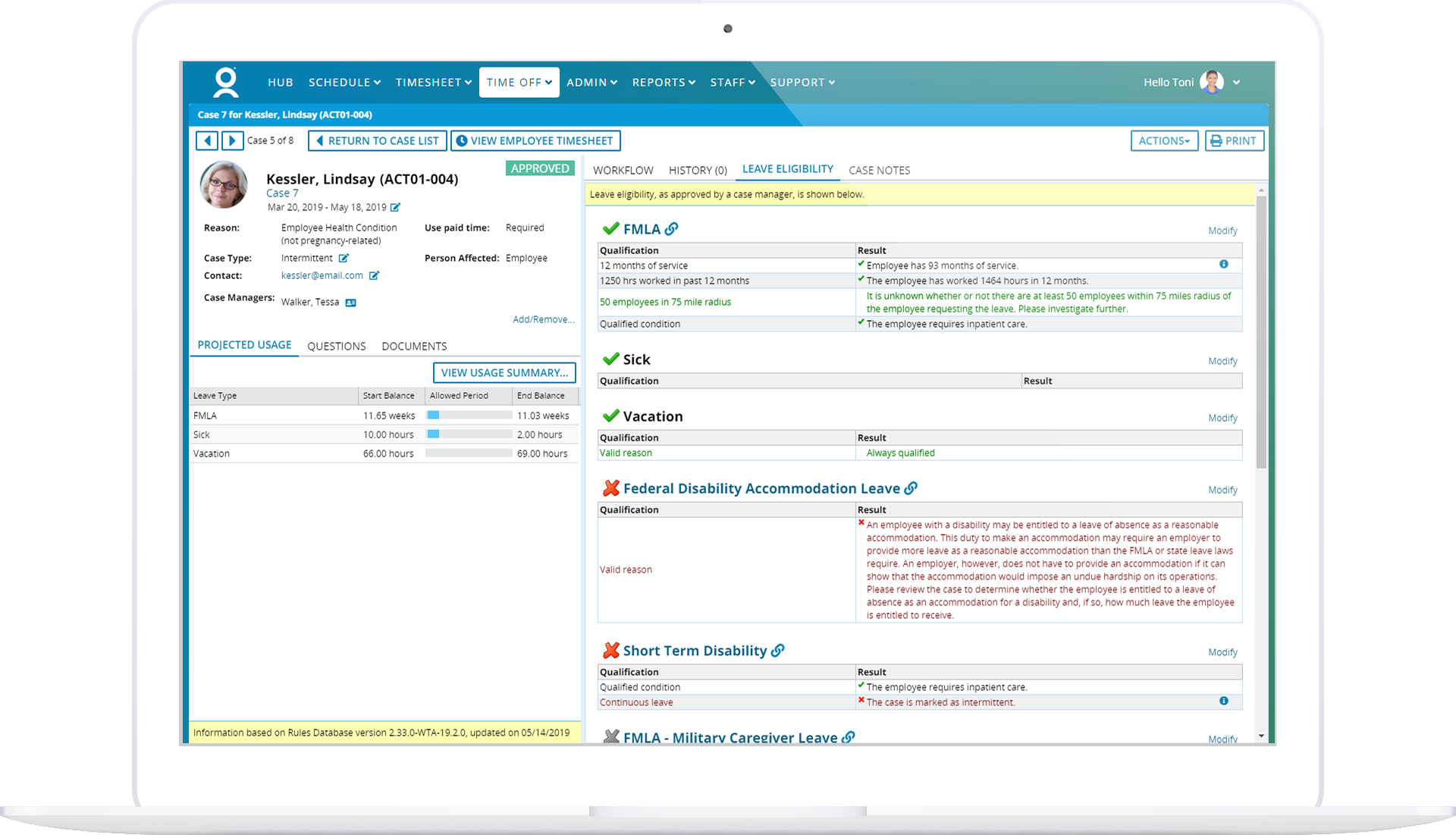Compliance Navigator
FLSA Overtime Update: DOL Clarifies Effect of Benefits on “Regular Rate” of Pay


Paul Kramer
Director of Compliance
An employee’s regular rate of pay is used to calculate overtime compensation under the Fair Labor Standards Act (FLSA), which requires nonexempt employees to be paid time and one-half their regular rate of pay for all work hours exceeding 40 in a workweek. The regular rate includes all remuneration for employment except specific payments excluded by the FLSA such as expenses incurred on the employer’s behalf, discretionary bonuses, gifts, vacation pay, and other amounts. Unfortunately for employers, it is sometimes difficult knowing if certain perks and benefits paid to nonexempt employees should be included in their regular rate of pay when calculating overtime.
Well, on December 16, 2019 the U.S. Department of Labor (DOL) issued a final rule clarifying whether particular benefits should be included in an employee’s regular rate of pay. This final rule, which took effect January 15, 2020, states that employers may exclude the following perks and benefits from an employee’s regular rate of pay thus limiting the employer’s overtime liability:
General benefits
The cost of providing certain parking benefits, wellness programs, prizes of small value, flu vaccinations, onsite specialist treatment (e.g. massage therapy, personal training, chiropractic care), gym access and fitness classes, employee discounts on retail goods and services, tuition reimbursement, and adoption assistance.
Unused paid leave
Payments for unused leave including sick leave, vacation, and holiday pay.
Penalties
Penalties employers must pay under state and local laws when employees are not provided with the expected amount of work (e.g. show-up or reporting pay) or “predictability pay” when employees are scheduled to work with too little notice.
Expenses
Expense reimbursement for things such as cellphone plans, credentialing exam fees, membership dues, and travel expenses that don’t exceed the maximum travel reimbursement under the Federal Travel Regulation system or the optional IRS substantiation amounts for travel expenses.

Bonuses
Certain sign-on and longevity bonuses.
Free snacks
Complimentary office coffee and snacks for workers.
Discretionary bonuses
Although discretionary bonuses may be excluded from an employee’s regular rate of pay, the label employers give to bonuses does not determine whether it is discretionary. It is the terms of the law and the circumstances of the bonus that control.
Contributions
Contributions to benefit plans for accidents, unemployment, legal services, and other events that can cause future financial hardship or expense.
Call-back pay
Call-back pay or similar payments can be excluded from the regular rate of pay if they are infrequent and sporadic but may not be excluded if they are prearranged.

Review employees’ regular rate of pay
Under this new rule employers may provide these perks and benefits to nonexempt employees without including them when calculating overtime pay. Nevertheless, employers should review the final rule closely and revisit how they currently calculate their employees’ regular rate of pay to make sure they comply with these updated guidelines. And as always, if you have questions regarding the regular rate, overtime, DOL penalties, or other wage and hour issues, be sure to consult legal counsel.
Subscribe to The WorkForce Blog
Learn the art and science of maintaining productive, happy, engaged employees.
Discover More
Embedding an ‘Eyes Wide Open’ Mindset Into HR Technology Selection
Gartner guides teams responsible for deciding on their organization’s next HR technology investment to set themselves up for success.
5 Workforce Management Secrets to Thrive in 2021 and Beyond
Download this eBook to learn the 5 secrets that will help your organization shift from surviving to thriving now and in the future and learn how the right workforce management solution can empower your initiatives.
Reshaping Workforce Management Strategies to Meet Growing Employee Expectations
See how evolving preferences and pivotal factors have led to a transformative shift in workforce expectations.




